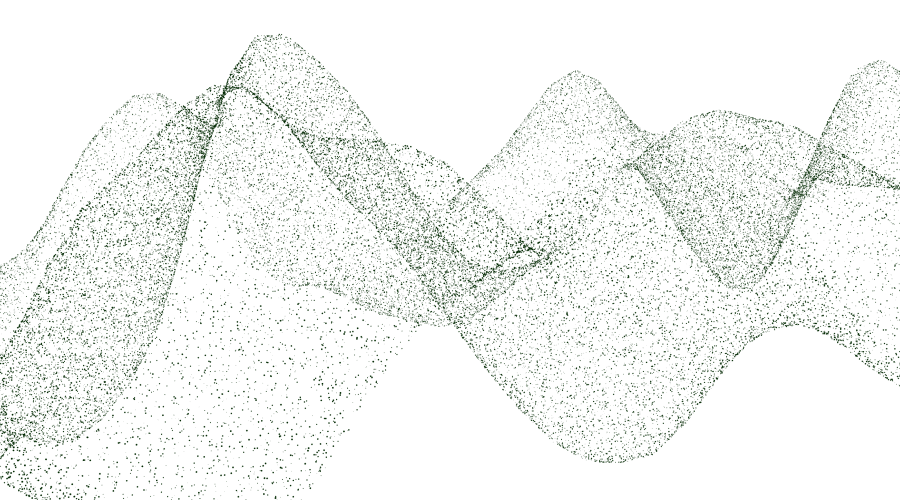Understanding Biochar Permanence: Balancing Conservatism and Uncertainty

Biochar has emerged as a promising carbon removal solution. This carbon-rich material, produced through the pyrolysis of organic matter, not only enhances soil health but also offers the potential for long-term carbon sequestration.
However, questions persist about how long it truly lasts in soil. Two main models are used to estimate its permanence: the conservative Woolf Model (based on the work of Woolf et al. (2021)) and the more recent and optimistic Inertinite Model (based on the work of Sanei et al. (2024)).
In this blog, we delve into the nuances of biochar permanence by comparing these two models.
The Woolf Model for Biochar
The Woolf Model takes a careful approach, using a double exponential decay function to account for biochar's varying decomposition rates. While this model provides reliable estimates and reduces the risk of over-crediting carbon removal, it appears to be too conservative, especially when projecting beyond 100 years.
The model's limitations stem from its reliance on short-term experimental data and its inability to fully account for the full range of natural processes that could either accelerate or slow down decomposition, affecting biochar's stability over time.
This model is considered the standard practice, and is currently used in most of the biochar methodologies and standards, including the Verra VCS methodology (VM0044) v1.1, Puro.earth Biochar Methodology v3 and Isometric Biochar Storage in Agricultural Soil v1 (for 200-year durability).
The Inertinite Model for Biochar
In contrast, the Inertinite Model estimates that half of the carbon in inertinite biochar would take approximately 100 million years to degrade under highly oxidizing conditions at 30°C, making it an extremely durable carbon storage material.
Inertinite biochar is a highly carbonized, stable form that mimics naturally occurring inertinite macerals. The study establishes an "inertinite benchmark" using a random reflectance (Ro) of 2%. The study shows that 76% of commercial biochar samples exceed this benchmark, qualifying them as pure inertinite biochar.
High Ro and inertinite biochar is typically achieved in biochar produced in a more commercial scale, with higher pyrolysis temperature and heating residence time. Therefore, the Inertinite model view is particularly appealing to biochar producers who can create more stable products through high production temperature. However, as this approach is new, the model still lacks comprehensive academic validation and is therefore exposed to uncertainties.
The Woolf Model vs. The Inertinite Model
The difference in carbon removal estimates between the Inertinite model and the Woolf model can be significant. For instance, Isometric—one of the first registries to apply both models—found that the Inertinite model estimated 50–70% more fraction of permanent carbon over 1,000 years compared to the Woolf model (refer table A2 in their methodology).
This large gap is mainly because the Woolf model uses a linear decay approach to project carbon loss over time, which tends to be more conservative over longer timescales.
The choice between these models has significant implications for the biochar industry. If the Inertinite Model becomes the standard, it could disadvantage smaller, lower-tech producers who can't achieve the same high-temperature production conditions. This raises concerns about creating an industry divide between biochar produced from advanced (i.e.,larger or industrial projects) and decentralised or small-scales (i.e. artisanal projects) facilities.
Evolving Standards and Methodologies
As the carbon crediting industry advances, leading standards such as Puro, Verra, and Isometric are actively refining their methodologies. Earlier this year, CapChar introduced the Biochar Carbon Code, incorporating the latest academic research and industry developments.
This framework adopts an 80% permanence assessment, meaning that 80% of the biochar’s carbon remains recalcitrant after 100 years. This estimate positions it between the more conservative Woolf model (~74% recalcitrant carbon) and the Inertinite model (~98%), reflecting a balanced approach to durability assessments in biochar carbon sequestration.
Puro has also recently launched a public consultation for the updated version of its biochar methodology, looking to gather feedback and input for the transition from 100+ years to 200+ years permanence.
In Conclusion
Further research—especially in long-term soil experiments and Carbon-14 aging studies—is essential before any single model or combination of models can be universally adopted. Sylvera currently follows a conservative approach, using the Woolf model for 100 year permanence assessment, to ensure that each carbon credit claimed corresponds to an actual ton of CO₂e removed.
However, we remain attentive to emerging scientific developments and will refine our methodology as new peer-reviewed evidence becomes available.
If you’d like to learn more about biochar, read our recent Biochar explainer blog here. Or check our Biochar Ratings Framework to see how we rate these projects in terms of carbon removal, permanence, and economic feasibility.

Learn how businesses are shaping carbon market strategies with carbon.

The end-to end carbon dataplatform for the 'net' in yournet zero goals











